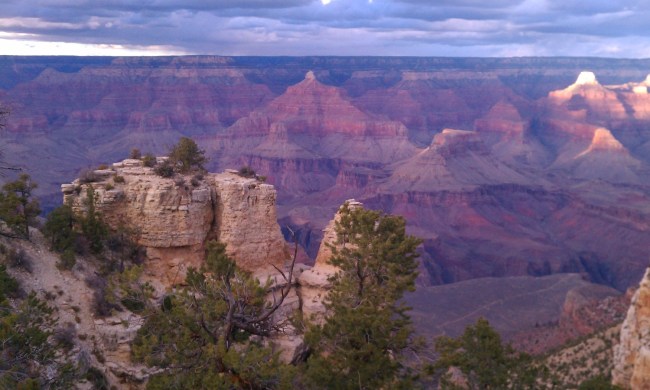More than half the states in the U.S. (27, in fact, Oregon being the latest to join that list) allow people to claim dead critters on the side of the road, provided they have the requisite salvage permits. It’s time to start looking at roadkill a bit differently, beyond just backwoods cook-offs.
While images of belly-up possums and skunks baking in the sun are hard to vanquish, there are many reasons to embrace this free form of cuisine. The high cost of traditional disposal alone is worth considering. Roadkill, when fresh and still perfectly healthy, can help feed the hungry. Practical reasons aside, it’s a fun way to find some protein, provided you know what you’re doing. If you’re still not convinced, give this well-penned High Country News essay a read.
What you can and can’t do with a game carcass varies some from state to state so be sure to check in with your local branch of government for details. The departments of fish and wildlife should offer a helpful list of related regulations and advice, as well as permits if required.
The Basics of Harvesting Roadkill
Obviously, you can’t just go striking wild animals with your car because your stomach is growling. Kills must be accidental and typically you must take the entire animal elsewhere to process it. Often times, state officials will ask that you forfeit the head and antlers in the name of scientific study. Certain species are off limits — including a large number of birds and smaller animals you likely wouldn’t encounter anyway — and some, like skunks and possums, don’t exactly inspire dinner ideas.

But what of the multitudes of raccoon, deer, and elk struck on the daily? An estimated 1.5 million deer alone are hit by cars every year in this country. The internet can teach you how to properly dress an animal, but before you start breaking it down, you need to make sure it’s safe to pursue in the first place.
Rugged Alaskans may be processing elk in their own homes, but that may not work for you and your studio apartment.
A freshly dead animal will still have some integrity about it (and we’re not talking about the integrity the kid behind you had in fifth grade when he told the teacher on you when you were cheating). The thing shouldn’t stink to high heaven or be dried up; fur should still be firmly attached to the skin.
Avoid areas of severe impact as ruptured organs and other tissue usually leads to rot and disease. If there’s any doubt, leave it for more well-versed sportsmen or fish and game agents.

Rugged Alaskans may be processing moose and elk in their own homes, but that may not work for you and your studio apartment. Hell, you might not even have a decent knife nor a stomach for blood and guts. If that’s the case, there are many forums out there for discussing proper processing; Craigslist, especially in rural areas, is a good way to find somebody with some hunting and processing chops. States like New Hampshire offer residents a shot at claiming roadkill, with the department of fish and game prepping the meat.
Once it’s been dressed, you’ll then need to know what to do with it. It’s a good idea to look to wild game cookbooks, especially if you’ve got a deer or elk. A good place to start is The MeatEater Fish and Game Cookbook by Steven Rinella. You can check out one of his recipes for goose pastrami recipe to get a sense of what to expect from the rest of the book.
Above all, remember that you’re eating at your own risk and selling the meat is often prohibited.


